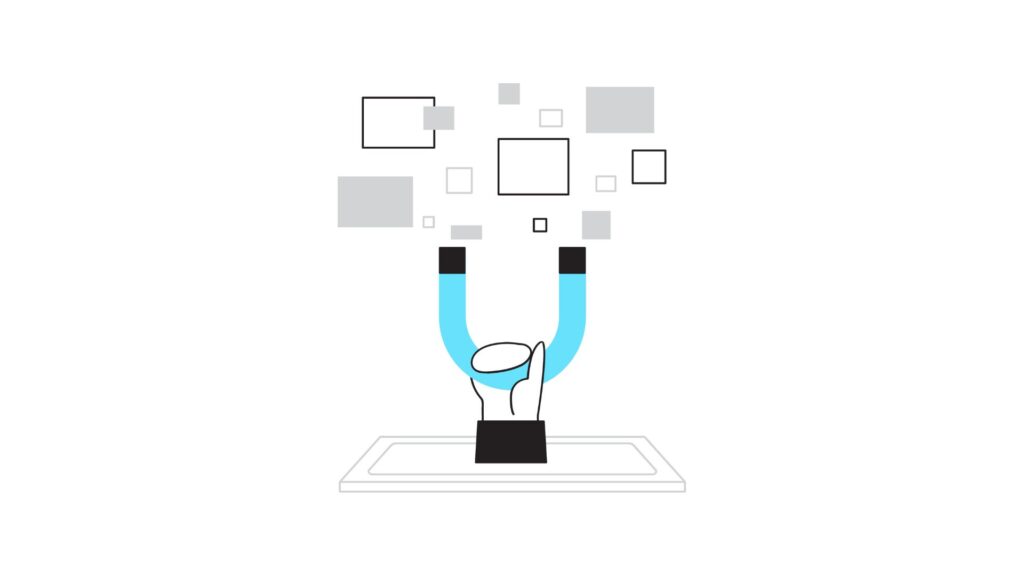Best 12 KPIs for Every Startup

The key performance indicators (KPIs) for one company will invariably be different from the KPIs of another company. Internet companies have unique KPIs like conversion rate, monthly active users, and the churn rate. Software companies have different KPIs such as SaaS (software as a service) churn, LTV (long-term value) and ARPU (average revenue per user).
Retail companies have unique KPIs such as sales per square foot, and average transaction value. Legal firm’s KPIs are distinctly tailored to the nature of legal services such as average cost per litigation, client retention rates, and case resolution times are pivotal. But the KPIs of a company will also change and evolve as the business grows. For instance, a KPI to a new company might be the number of new customers. However, as a company matures, a KPI might be the number of new customers added in the last 12 months.
Here are the 12 KPIs for 2018 that every startup should be tracking.
1. Monthly Recurring Revenue (MRR)
MRR is exactly what it sounds like – how much revenue is your business bringing in on a monthly basis. This is a great KPI to track in order to see your revenue growth over time.
In order to calculate MRR, you will need to add up all of the monthly revenue you bring in from your customers. This includes any subscription services, upsells, cross-sells, and any new customers you have gained.
You will also need to subtract any lost customers.
2. Gross Revenue
Gross revenue is the total amount of revenue your business earns from sales before any deductions. It’s important to track gross revenue, as it gives you a good idea of how well your business is doing.
For example, if your gross revenue is increasing, it means your business is growing. If it’s decreasing, it means your business may be in trouble.
3. Customer Acquisition Cost (CAC)
Customer acquisition cost (CAC) is the cost associated with convincing a potential customer to buy a product or service. This cost includes the sales, marketing and advertising costs to acquire a customer. A customer service virtual assistant can enhance customer acquisition by providing personalized support, resolving enquiries promptly, and nurturing leads through strategies.
The goal is to keep your CAC as low as possible. A high CAC can mean you are spending too much on marketing and sales without getting a good return on investment.
To calculate CAC, divide your total marketing and sales costs by the number of customers you acquired during the period.
4. Conversion Rate
So, you’ve got your website up and running and have been driving traffic to it. Now, you need to measure how well your website is performing.
The conversion rate measures the percentage of people who visit your site and then complete a desired action. This action could be anything from signing up for your newsletter, making a purchase, or filling out a contact form.
The average website conversion rate is 2.35%, so if your site is converting at a higher rate, you’re doing great!
5. Runway
The term “runway” refers to how long a startup can continue to operate with its current cash balance. It’s a simple calculation: divide cash on hand by the company’s average monthly expenses.
For example, if a company has $100,000 in cash and spends $25,000 per month, its runway is four months. After that, the company will need to raise money or start generating profits to stay in business.
Runway is a critical KPI for startups, as it can help you determine when to raise capital and how much to raise. If you wait until your cash balance is low, you may be forced to accept unfavorable terms from investors. On the other hand, if you raise too much money, you may dilute your ownership stake in the company.
6. Burn Rate
The burn rate is a measure of how quickly your business is spending its cash. In other words, it’s the amount of money your business is losing every month.
While it’s normal for startups to have a high burn rate, you need to be careful that it doesn’t get out of control.
If your burn rate is too high, you may need to take steps to reduce it, such as cutting costs or raising more money.
It’s also important to keep an eye on your burn rate so that you can make sure you have enough cash on hand to cover your expenses.
7. Churn Rate
This metric is crucial for subscription-based businesses. It measures the percentage of customers who stop using your product or service in a given time period.
To calculate your churn rate, divide the number of customers you lost during a specific time period by the number of customers you had at the beginning of that time period. Then, multiply that number by 100 to get the percentage.
If your churn rate is too high, it can have a big impact on your bottom line. That’s because it costs more to acquire new customers than it does to retain existing ones. Plus, loyal customers are more likely to spend more money with your business over time.
8. Lifetime Value of Customer (LTV)
The Lifetime Value of a Customer (LTV) is a prediction of the net profit attributed to the entire future relationship with a customer. LTV helps you understand how much revenue you can reasonably expect a single customer to generate.
To calculate LTV, you need to know your average purchase value, purchase frequency, and customer value. If you don’t have this information, you can calculate it by using the formula below:
Customer Value = Average Purchase Value x Purchase Frequency
LTV = Customer Value x Average Customer Lifespan
A high LTV means that you can spend more on acquiring customers.
9. Revenue per Customer
If you want to know how much money your startup is making, look no further than your revenue per customer. This KPI shows you how much money you make from each customer on average.
To calculate your revenue per customer, divide your total revenue by the number of customers you have. Then, you can compare this number to your customer acquisition cost to see if you’re making enough money from your customers to grow your business.
10. Quick Ratio
This liquidity ratio is one of the most important, and it is a measure of a company’s ability to meet its short-term obligations. It is calculated by taking the total current assets of a company and subtracting the value of its inventory, and then dividing that number by the company’s total current liabilities.
The quick ratio is a very important metric for investors who want to know how capable a business is of meeting its short-term financial obligations without selling inventory. A company with a quick ratio of 1.0 or higher is generally considered to be in good financial health.
11. Net Promoter Score (NPS)
The Net Promoter Score (NPS) is a customer loyalty metric that measures how likely your customers are to recommend your product to a friend.
The NPS is based on a single question that you ask your customers: “On a scale of 0-10, how likely is it that you would recommend our company to a friend or colleague?”
Based on their response, customers are categorized into one of three groups:
• Promoters (score 9-10) are loyal enthusiasts who will keep buying and refer others, fueling growth.
• Passives (score 7-8) are satisfied but unenthusiastic customers who are vulnerable to competitive offerings.
• Detractors (score 0-6) are unhappy customers who can damage your brand and impede growth through negative word-of-mouth.
To calculate your NPS, subtract the percentage of Detractors from the percentage of Promoters.
12. Lead Velocity Rate (LVR)
The Lead Velocity Rate (LVR) is a measure of how quickly your leads are growing. It’s a good way to gauge the health of your sales pipeline and see if you’re on track to meet your revenue goals.
To calculate your LVR, simply subtract the number of leads you had at the beginning of the previous month from the number of leads you had at the beginning of the current month. Then, divide that number by the number of leads you had at the beginning of the previous month, and multiply by 100 to get a percentage.
A positive LVR means that your leads are growing, while a negative LVR means that your leads are shrinking. A higher LVR is better, but it’s important to keep in mind that the LVR is a relative measure and may not be a good indicator of the absolute health of your sales pipeline.
Conclusion
Once you have these 12 KPIs identified, you can start measuring and analyzing your performance in each area. You’ll have a better understanding of your business’s health and will be able to identify areas for improvement.



